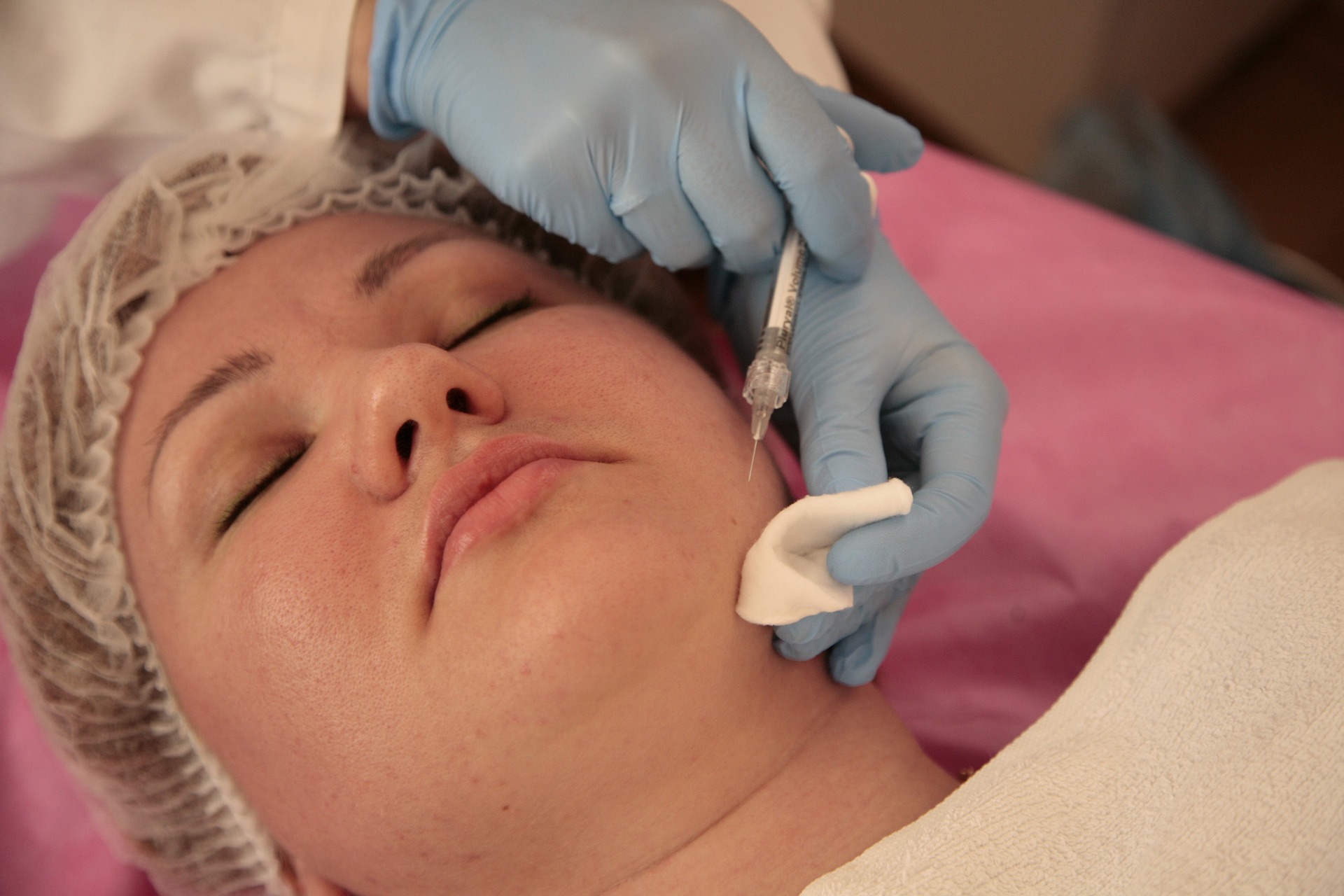There are numerous products in the market for increasing your natural levels of the human growth hormone, and in this article, we discuss the two very popular and often compared Growth Factor Plus Vs Peak Height. Both of these products offer similar results, but their makeup is completely different. They can both be found at HeightGrowthClub.com.
Reviews of Growth Factor Plus vs Peak Height:
Growth Factor Plus:
Growth factor plus is a great supplement for teens who are getting enough of their daily intake of other vitamins and nutrients they need in order to grow tall and grow quickly. And what of their claim? Growth Factor Plus contains all of the five main amino acids that your body needs in order to increase your human growth hormone levels. They also contain a combination of soy protein, colostrum, pituitary concentrate (a.k.a. bovine pituitary extract). They claim that the pills work to make you grow taller as you are sleeping, make growth spurts produce better results, high-quality natural ingredients, and more.
According to the dietary information label, the list of ingredients does in fact not contain many essential vitamins that many other forms have, making this product a marketing tool for amino acids more than anything. While the amino acids are very important for the production of natural HGH levels, Growth Factor Plus is just what the label shows – a bunch of amino acids and some calcium, and soy protein. This drug has not been approved by the FDA as they claim. Their product simply is regulated by the FDA to ensure that the chemicals in the pills aren’t harmful to anyone.
Don’t let this fool you though, because they have wonderful reviews (although one can be unsure how many of them are legitimate) and are rated a 4.5 out of 5 stars on Google. Yet they are very pricey at $169.00 for one bottle of 60 tablets.
Peak Height:
This product is another common form of HGH producing pills available on the non-prescription pills market. It contains two similar and most proven of the various amino acids – L-Arginine and L-Ornithine. The main thing to realize in the chemical makeup of these pills is also that they are multivitamins, offering 100% or more of the 2000 calorie daily values of vitamins C, D (500%), E, B6, B12, Calcium, and Zinc.
What Peak Height does is not just target the spinal column and joints, but your entire body. The ingredients in Peak Height allow your body to more naturally produce higher HGH levels and boost energy with their vitamins, as well as increase these levels by providing you with those essential vitamins and nutrients your body needs to maintain itself, not just for growing.
The product claims that you can grow about 3 inches by taking it regularly, even without diet and exercise. This has not been approved by the FDA either as they are simply multivitamins with amino acids in them.
Peak Height is simply a more expensive multivitamin ranging from $20-$30 per bottle. They are cheaper than Growth Factor Plus, but you don’t get all those amino acids either.
So above mentioned are all the details of Growth Factor Plus vs Peak Height.
Read Also:






















